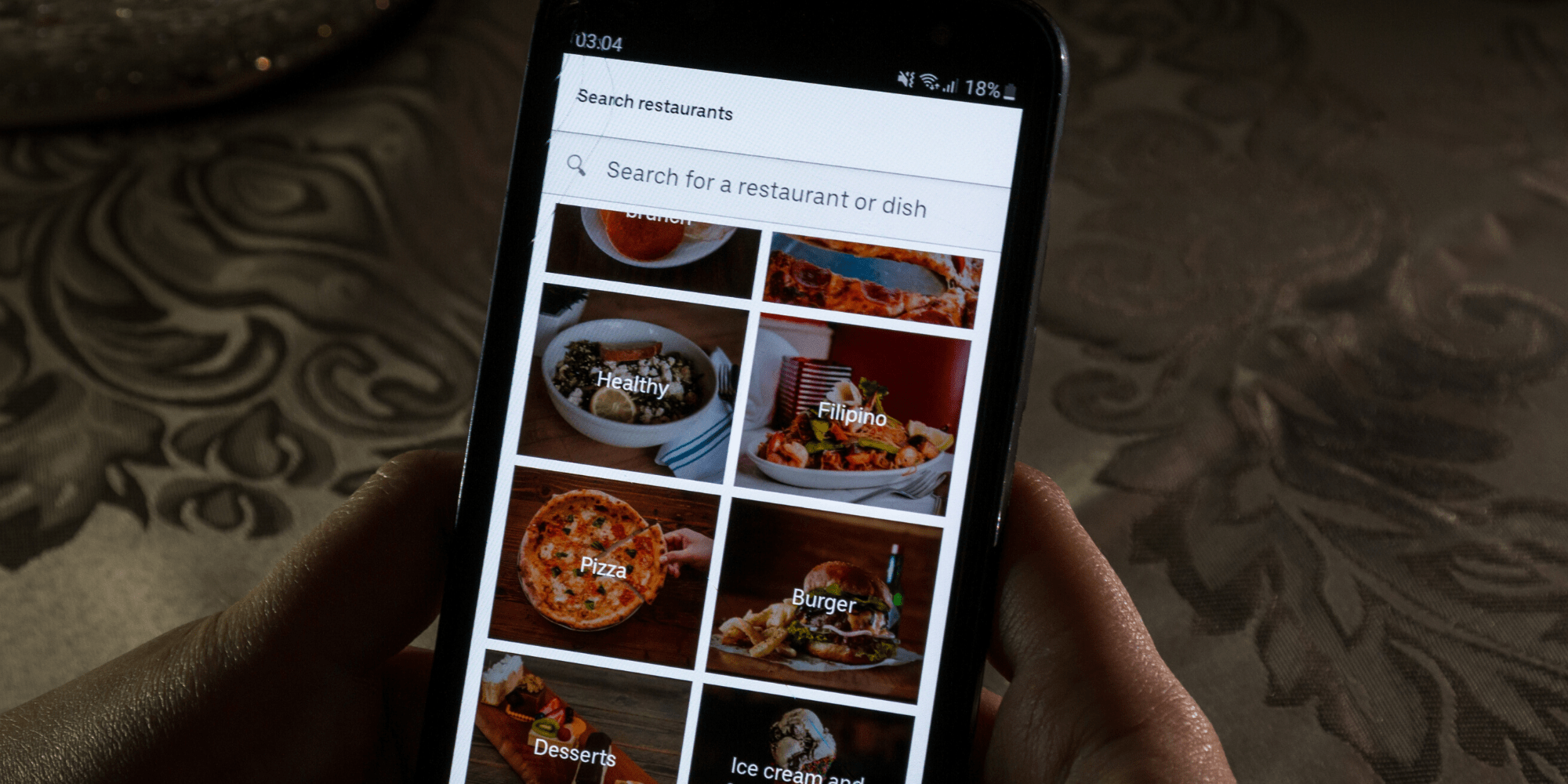Popular Tools by VOCSO
With restaurant culture getting popular by leaps and bounds, it is not at all surprising to see a food delivery app usage gaining prominence among smartphone users especially millennials.
Another reason why people tend to use a food delivery application is not everybody likes to dine out and prefer to stay at home for having food at their own leisure. This is absolutely useful for elderly people who crave for food varieties but cannot move out from their home due to health issues.
Table of Contents
Key considerations to make your food delivery app a sure shot success
A food delivery system makes it way easier for restaurants to bring worldwide cuisines to food lovers right at their fingertips. It’s also a boon for food addicts who are willing to try out a range of cuisines but are not aware of the right place. Since it is an integrated platform connecting restaurants, delivery staff, and customers, the entire food delivery route planning system turns out to be an ideal choice for all.
#1. Real time ordering and monitoring has to be a prime consideration
A food delivery app is meant for delivering food any time and at any place. Users should have the liberty to order with ease at any point of time and in turn should have a constant monitoring of how the order is going about. Delivery tracking gets customers, restaurants, and delivery staff to track the order every single minute via status updates and maps.
#2. Search bar should be able to filter and sort restaurants based on preferences
Search bar needs to be powerful enough to list the restaurants based on location wherein people can search based on cuisine, area, ratings and reviews, and vegan/non-vegan preferences. Using sorting methods and filters, a user should be able to find an ideal restaurant choice. Further, only relevant listings based upon chosen criterion should show up.
#3. Simple user interface with an easy to deal with user experience
An interface should allow users to check out the restaurants, menus, food items, assigned delivery staff, order statuses, and delivery status through an aesthetic layout. The contact details should be pre-set to help customers, restaurants, and delivery staff to be in touch with one another any time. Ratings and reviews should be easy to leave once an order completes.
#4. Payment options need to be broader and highly secure
Payment Integration should offer a range of payment options through net-banking, cards, UPI, wallets, cash on delivery (COD), and more. Online transactions should be so encrypted that users find no problem in sending payments, while delivery staff in receiving payments. Even restaurants should be able to send and receive payments with absolute safety.
#5. Tracking past orders should be made possible through order history
Order History should permit past orders tracking to give a fair idea to restaurants what sells like hot cake, and customers regarding what their favourite food preferences are. This helps restaurant businesses to focus great deal on what to best focus upon in terms of preparation, taste, and quality. Also, customers can have a track of what they have ordered and if they prefer to order the same, they need not to go through the entire search process again and again.
#6. Offers and Discounts be facilitated
Great deal of savings on orders give users the privilege to save money by ordering items with surprising offers that they would have paid more otherwise if physically visited the restaurants. Even it’s a win-win situation for restaurants since they gain momentum in escalating sales through certain food items. Offers and discounts need to be automatically calculated in a way so that both customers and restaurants do not perform a heavy task of performing calculation if the order is huge enough.
#7. Push notifications are a must to notify everybody regarding an order
Push notifications should constantly keep the delivery people updated regarding the order details and where the pick up the drop should be done. It further needs to keep restaurants in loop regarding where the delivery people are and whether the order has been delivered or not. More importantly it should help customers in notifying whether a restaurant has accepted or rejected the order, what is the status of the delivery person in charge of the order, what is the scheduled time of receiving the order, and how much to pay to delivery person with COD option.
#8. Registration process for restaurants and delivery staff should be strict
In order to make the app stand out, app owners should not have the tendency to stuff just too many restaurants and delivery people registrations making an app heavy. Most restaurants and delivery people should go through a strict identification process to avoid tackling the customers in the wrong way by cancelling orders at last moment, not able to deliver orders on time, not delivering orders even after accepting payments, or delivering bad customer support or service. Do have a step by step signing up procedure for restaurants and delivery staff to retain your loyal app users.
#9. App should be capable of handling multiple orders at once
Due to the tremendous potential lying behind the route optimisation software business, more and more businesses are venturing into this arena, leading to increased competition with every passing day. With more competitors offering route optimisation solutions, it is just too hard to survive with just an affordable price model and hence a critical parameter to foresee here is handling multiple orders at a lightning fast delivery pace all at once.
This can certainly be a great boost since timely delivery of food is what users expect and can save you from losing out as small scale food apps or even giants like Uber Eats India taken over by Zomato.
#10. Think your app from an SEO friendly perspective as well
Search Engine Optimisation is always challenging enough for companies offering route optimisation solutions including our last mile food delivery application. Should you be delivering within a city, state, or the entire country? Can you handle operations on a micro level or on a macro level?
We faced many such questions while creating last mile food delivery software. It’s a tough task to rank up higher on Google amidst so many competitive apps and keeping your organic approach consistent through on-page and off-page app content is one heck of a task to deal with. On top of that you also need to take into consideration whether your app is gaining social media momentum or not via the content you post regularly on your social media business profiles.
#11. Expand slowly taking budget and framework parameters hand in hand
It’s always advisable to start your app from a geographical area and gradually scaling up based on popularity. Do ensure herein whether you want an app for iOS, Android, or both, and then choose a framework accordingly. Also, think about how much you can spend, before you decide upon what kind of app you want – Basic, Intermediate, or Expert level app.
#12. Mobility within an app should be consistent and robust
Whether a customer, restaurant, or delivery person signing up with your app, do emphasise on keeping app screens to the minimal wherein users can move about the app back and forth with great ease. Any inconsistencies in doing so can lead to frustrations with users. This is a major hurdle to tackle with careful scrutiny or inspection over time, so as to cut down on unnecessary screens or adding up more if required.
#13. Do have a wide bandwidth when scaling in terms of volumes
Assuming that a number of restaurants are doing exceptionally well on all fronts, it is pretty obvious to see a surge in the food items ordered via such restaurants. This is especially true with hundreds or thousands of positive ratings and reviews gained over time by certain restaurants. Do keep your app ready for an expansion for the storage of key information, personal profiles, and so much of app data.
#14. Systematic training should be integrated for delivery staff
Even if you have trained your delivery staff, you can never predict how they would behave under pressure when required. Also, at no point, you can judge the satisfaction level of your delivery people, which can start reflecting in their behaviour towards customers that can lead to losing out on potential users.
There are just too many reasons to be dissatisfied with health and life risks, stagnancy in growth progression, lack of employee benefits, lack of apt training, absconding and poaching, inadequate salary, etc. to name a few and hence an organised training with aforementioned rules and regulations would surely work wonders.
Concluding Thoughts
Do take into consideration that creating an app for iOS and Android is a different ball game altogether. More importantly, if you are creating an app for both, just like our last mile delivery app, then it means creating for both platforms separately. Even, testing and debugging get complex and hence hire mobile app developers from a food delivery app development company with years of creditable experience.


















